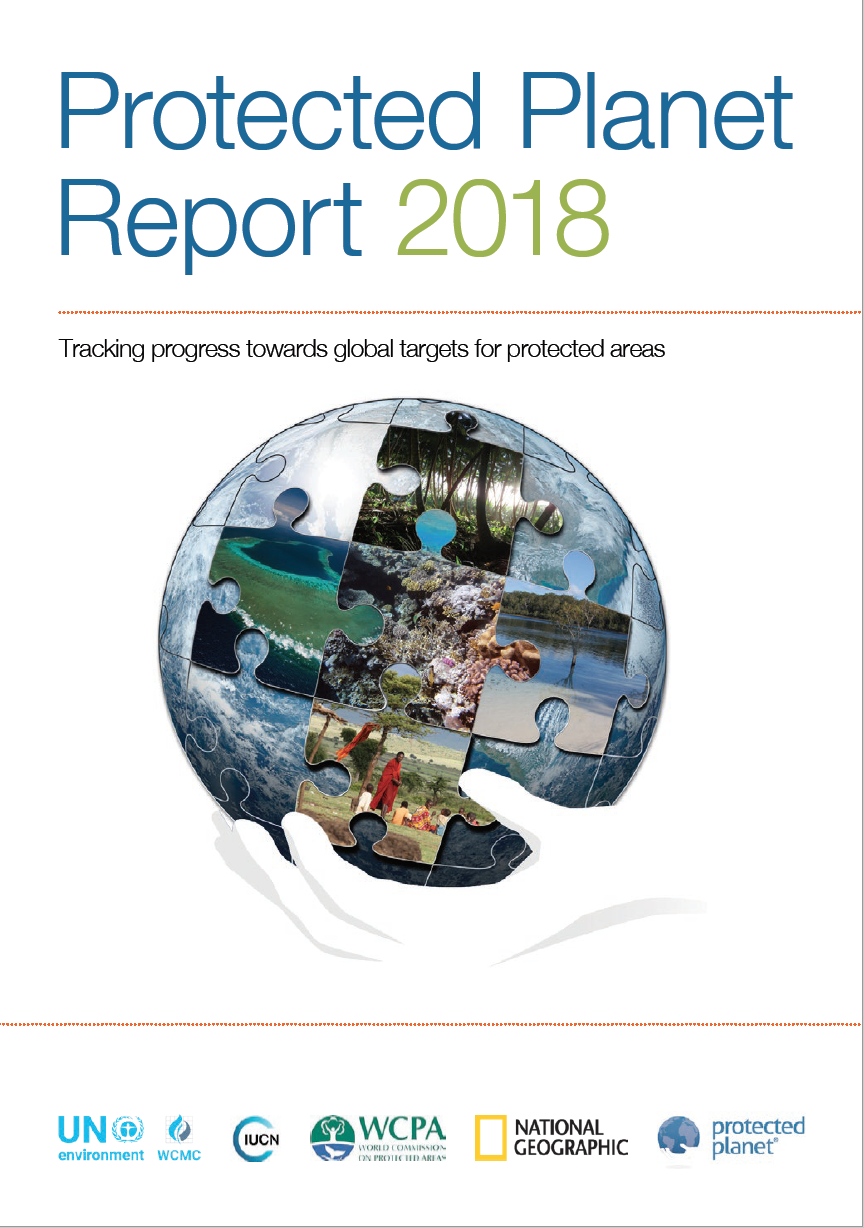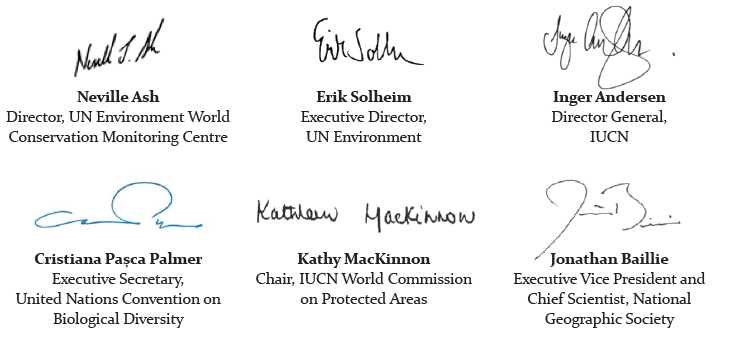 THE report, the Protected Planet Report 2018, which informs about the actual status of the world’s protected areas, is available in digital format for the present COP14 of the UN Convention Biological Diversity (CBD). It is the most important document for the CBD to judge at the present meeting, whether the so-called Aichi target 11, a complete, representative and well-managed global network of protected areas (10% of the oceans, and 17% of the land) to be reached by 2020, will actually be met, A discussion about the future biodiversity targets, to be agreed in 2020, is starting already now at the COP14, which presently takes place in Sharm el-Sheikh in Egypt.
THE report, the Protected Planet Report 2018, which informs about the actual status of the world’s protected areas, is available in digital format for the present COP14 of the UN Convention Biological Diversity (CBD). It is the most important document for the CBD to judge at the present meeting, whether the so-called Aichi target 11, a complete, representative and well-managed global network of protected areas (10% of the oceans, and 17% of the land) to be reached by 2020, will actually be met, A discussion about the future biodiversity targets, to be agreed in 2020, is starting already now at the COP14, which presently takes place in Sharm el-Sheikh in Egypt.
As Linking Tourism & Conservation (LT&C) understands itself as a support organization of the CBD Aichi target 11 by profiling examples (LT&C-Examples), where tourism is supporting the establishment or development of protected areas, LT&C participates with a small delegation at COP14 to observe this process. Among other LT&C organizes a side event, where Island States are presenting their (potential) LT&C-Examples: Invitation Side Event COP14.
To introduce you to the Protected Planet Report 2018 (which you can download at this link), we just reproduce in the following the Foreword of the report:
„With two years to go until 2020, the Protected Planet Report 2018 confirms that significant progress has been made to accelerate protection of biodiversity on land and in the ocean.
Based on the world’s most up to date records in the World Database on Protected Areas, managed jointly by UNEP-WCMC and IUCN, the report confirms that almost 15% of the earth’s land surface and inland waters, and just above 7% of the global ocean is now protected. However, marine areas under national jurisdiction have significantly more protection (17%) than Areas Beyond National Jurisdiction, with only slightly over 1% of protection.
The report further outlines the significance of this progress, as the conservation of biodiversity in protected and conserved areas provides the foundation for achieving the whole suite of Sustainable Development Goals. In particular, the ecosystem services of the world’s protected areas underpin global needs to address climate change; protect water sources and food production systems; alleviate disaster risk; and maintain health, well-being and the livelihoods of millions of people.
Progress is only possible if these systems are well connected and integrated into the wider landscapes and seascapes, if they are governed equitably and managed effectively, and if they stem the loss of biodiversity. While providing up to date information on the status and trends of many of these attributes, the report emphasizes the need to address lags and under-performance. One of the biggest opportunities is to identify and recognise the “hidden conservation” being undertaken outside of government action. Indigenous peoples and local communities and private entities are all making essential contributions and these must be better documented, with their consent and participation, to ensure that decisions are based on the best available science and information.
In the lead up to 2020, the review date of the Aichi Biodiversity Targets, this report signals clear priorities for further action and highlights important opportunities to consolidate efforts towards achieving significant progress towards Aichi Target 11 and the Strategic Plan for Biodiversity 2011-2020. It provides the final springboard for further ambition, partnership and progress for the next two years, marking what is possible for the post-2020 global framework on biodiversity, to be adopted at the 2020 United Nations Biodiversity Conference.“



